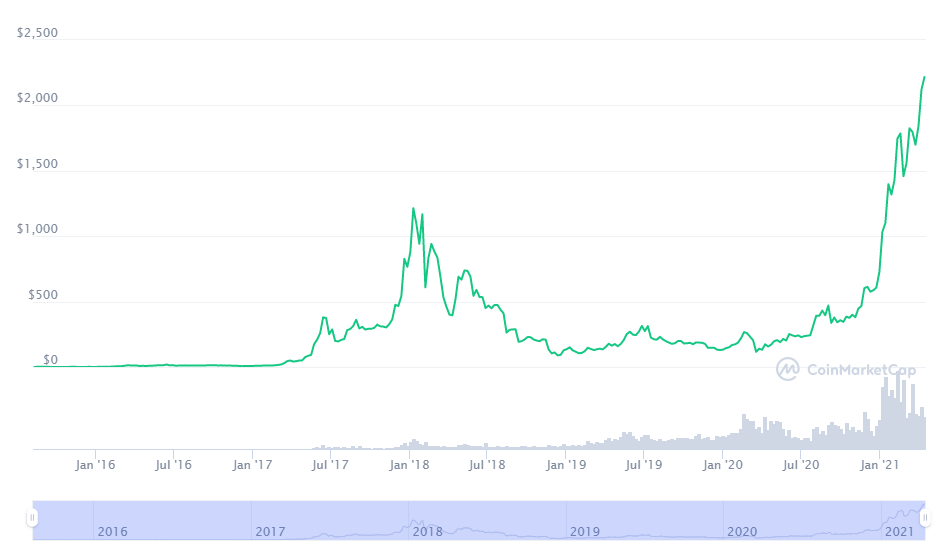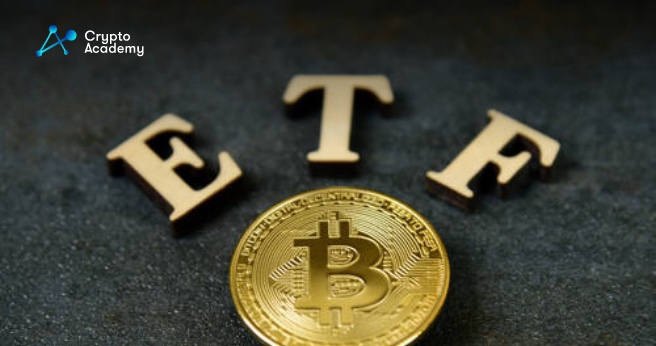A brief explanation about altcoins and how they work
You are probably are used to thinking of Bitcoin whenever you hear the term ‘cryptocurrency’. It makes sense because Bitcoin is the world’s leading cryptocurrency and the first cryptocurrency to be successfully implemented in the crypto market. However, as you get interested in cryptocurrencies more, you will find out that hundreds of other cryptocurrencies serve as alternatives to Bitcoin.
These cryptocurrencies are known as altcoins.
Some altcoins offer more services than Bitcoin, and they have features that are flawed in Bitcoin.
Some of the most prominent altcoins today are Binance Coin (BNB), Cardano (ADA), Chainlink (LINK), Ethereum (ETH), Litecoin (LTC), Polkadot (DOT), Tether (USDT), Uniswap (UNI), etc.
Understanding Altcoins
After Bitcoin’s immense success as the first cryptocurrency, programmers started inventing other cryptocurrencies that were based on Bitcoin’s features.
Moreover, Russian-Canadian programmer Vitalik Buterin came with the idea that other services besides transactions can be decentralized as well. Hence, he invented Ethereum, the first network that offered decentralized services in programming (by launching and running decentralized applications), finance (DeFi), voting systems, medical databases, etc.
Ever since that, various cryptocurrencies with various services in their respective blockchains have been invented and implemented in the crypto market.
Some of these altcoins have experienced a huge increase in price.
For instance, Ether (ETH) was around $0.70 in 2015. As of April 2021, Ether (ETH) has a price of $2000, which is a drastic appreciation.

Binance Coin (BNB) was worth around $0.10 in 2017, and in April 2021 is hovering around $500. Other cryptocurrencies such as Polkadot (DOT) launched at a higher price, with its price being around $3 in August of 2020. As of April 2021, the price of Polkadot (DOT) is around $40. At the same rate, many cryptocurrencies have grown and continue to grow daily.
Altcoins can have a limited supply (just like Bitcoin) or unlimited supply. Altcoins that have limited supply promote an inflation-free currency, whereas those with limited supply are usually used for more services and are prone to inflation.
Some of the altcoins with limited supply are Binance Coin (BNB) with 170,532,785 maximum supply, XRP (XRP) with 100,000,000,000 maximum supply, Cardano (ADA) with 45,000,000,000, etc.
Some of the ones with unlimited supply are Ether (ETH), Polkadot (DOT), Tron (TRX), etc.
Moreover, around 5000 altcoins are in circulation as of April 2021.
Types of Altcoins
Mining-Based
Mining-Based tokens are similar to Bitcoin, which are primarily involved in mining (verifying transactions) and being rewarded free tokens for mining.
Stable Coins
Stable coins resemble fiat currencies and are involatile (stable). For instance, Tether (USDT) holds the equivalent value of the USD.
Security Tokens
Security tokens are tokens that are bought by investors before a cryptocurrency is launched through an initial coin offering (ICO) that supports the startup of the cryptocurrency.
Utility Tokens
As their name suggests, utility tokens are used to run services within a blockchain, which can also be sold through an initial coin offering (ICO).
Takeaways
- Altcoins are crypto coins other than Bitcoin.
- They offer more services in their blockchains and only transactions.
- Most Altcoins have the same structure as Bitcoin, but they have resolved minor Bitcoin flaws.
- Altcoins with several services have been launched after Ethereum paved the way for them.
- A lot of altcoins, such as ETH, BNB, or DOT have experienced huge increases in price since their release.
- Altcoins can be limited or unlimited in supply.
- There are various types of altcoins: mining-based, stable coins, security tokens, and utility tokens.


